
Back to Blogs
Discover
Untold Stories of Masters of the Air: Frederick Castle
The extraordinary stories of the Americans who came to live in Suffolk during the second world war

Brigadier General Frederick Castle at Rougham (second from left). Photo reproduced by kind permission of Rougham Control Tower Aviation Museum
In February 1942 an invasion on East Anglia began. It was an invasion that would last until the end of the second world war and would hugely impact the lives of the residents there. It was not however, an enemy invasion but the arrival of the US Army Air Force – a British ally. This was the most disruptive event in East Anglia since the Norman Conquest.
This ‘friendly invasion’ saw over 350,000 air force personnel relocate onto the newly created air bases in and around Suffolk, such as the Bury St Edmunds base. Eastern England was chosen as a prime location for the air force due to its largely flat landscape and position close to continental Europe.
The area was permanently altered as miles of concrete runways replaced established hedgerows and a permanent low rumbling of engines could be heard. Thousands of military staff inhabited small towns or the Fields of Little America and a great cultural exchange took place as the Americans introduced the locals to Coca-Cola, chewing gum, peanut butter and nylon stockings.
Apple TV’s upcoming blockbuster series ‘Masters of the Air’ is based on the book by Donald L. Miller, shares the story of the heroism of the boys of the Eighth Bomber Command, known as the Mighty Eighth.
One of the stories mentioned in Miller's book is that of Brigadier General Frederick Walker Castle who was killed in action on Christmas Eve 1944.
Castle was the Commanding Officer of the 94th Bomb Group at Bury St Edmunds from 19 June 1943 to 16 April 1944 but before that helped to set up the Eighth Bomber Command before pushing for a combat role.
He was given command of the 94th Bomb Group at a time when they had suffered early losses. He soon changed this and led many missions himself including one raid which earned him the silver star. In April 1944 he took command of the 4th Bombardment Wing, the largest in the Eighth Air Force, and was soon promoted to Brigadier General.
On December 24 1944, he flew out of Lavenham in the lead bomber of the 487th Bombardment Group leading the greatest force in the history of aviation against communications centres and Luftwaffe fighter fields. Flying over Belgium the plane experienced engine problems and with friendly troops beneath him he refused to jettison the bombs to gain speed and the trailing plane became an easy target. Realising the hopelessness of the situation they were ordered to bail out. Castle took the controls to give his crew time to escape. Another attack exploded the gasoline tanks while Castle guided the plane to an open field. Of the nine crewmen, five survived the crash.
Castle was awarded Posthumously the Congressional Medal of Honor by US President Truman “For conspicuous gallantry and intrepidity in action above and beyond the call of duty while serving with the 487th Bombardment Group (H), 4th Bombardment Wing, Eighth Air Force."
President Truman said: "His intrepidity and willing sacrifice of his life to save members of the crew were in keeping with the highest traditions of the military service.”
In addition to the Medal of Honor, Brigadier General Castle was awarded the Legion of Merit, the Silver Star, the Distinguished Flying Cross with three oak leaf clusters (four awards), and the Air Medal with four oak leaf clusters. The Union of Soviet Socialist Republics awarded him its Орден Кутузова (Orden Kutuzova, the Order of Kutuzov); Belgium, the Croix de Guerre avec palme; France appointed him an Officier de la Légion d’honneur and awarded its Croix de Guerre avec palme.
Merced Army Airfield was renamed Castle Field, 17 January 1946, in honor of General Castle.
Today, there is a room dedicated to the memory of Brigadier General Castle at Rougham Control Tower Aviation Museum.

Brigadier General Castle Room at Rougham Control Tower Aviation Museum. Photo: Emily Fae
Related Posts
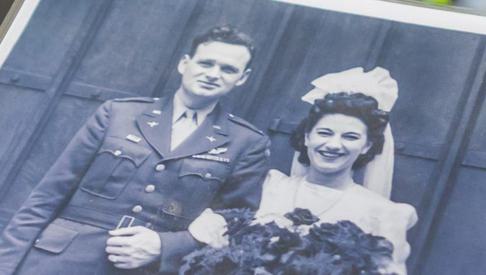
Untold Stories of Masters of The Air: Edith…
How Local Girl Edith Married Handsome American GI Tom
View More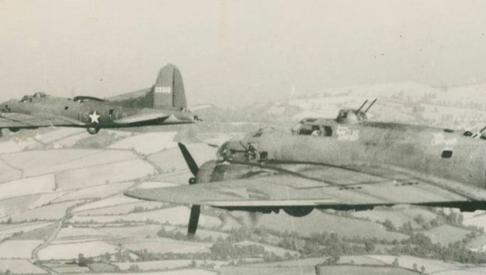
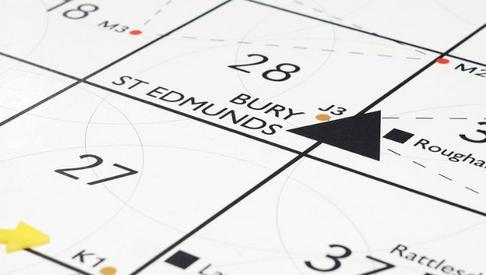
Visit the Only Surviving WWII Royal Observer…
Bury St Edmunds Guildhall contains the only surviving…
View More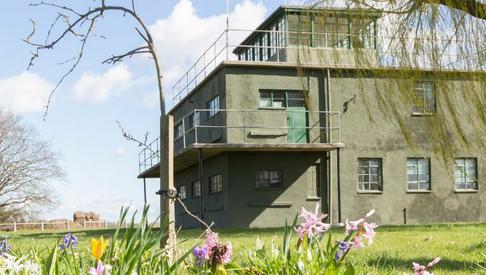
How a Bury St Edmunds Air Base Made History
Bury St Edmunds was home for thousands of American…
View More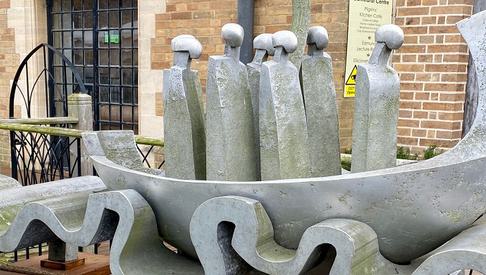
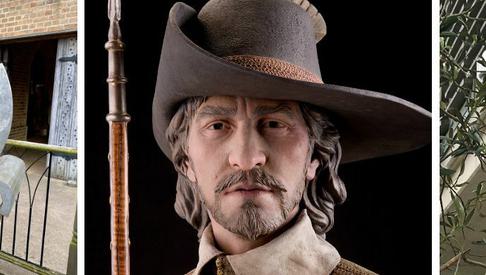
How A Bury Lawyer Founded Jamestowne
Discover how lawyer Bartholomew Gosnold left Bury St…
View More
Roundabout Art Tells the History of Bury St…
From the dramatic steel figure of St Edmund to the…
View MoreLatest news

News
How to Spend Betwixtmas in Bury St Edmunds & Beyond
The post Christmas period is the perfect time to get out and about before the new year kicks in, and you’ll find plenty of activities and places to visit in Bury St Edmunds and beyond.

News
Parents Guide to Pre Christmas Entertainment
It's the school holidays and with Christmas just around the corner we've put toegther a guide on places to take the kids to keep them entertained until Santa visits!

News
Enjoy a Festive Afternoon Tea in 2025
Celebrate the Christmas season with a festive afternoon tea in Bury St Edmunds & Beyond...

News
Festive Winter Walks
Get outside and enjoy the fresh crisp winter air with one of these walks in Bury St Edmunds and Beyond!

News
Bury Tour Guides to launch new tours next year after successful 2025
Bury St Edmunds Tour Guides to Introduce new tours in 2026 and continue the successful Food and Drink Tours!

News
New in Bury St Edmunds For 2026
A sneak peak into new attractions visitors can enjoy in Bury St Edmunds in 2026.

News
Baby It's Cold Outside... Things To Do When the Weather Turns Frosty
Just because the temperature’s dropped doesn’t mean the fun has to! If you’re visiting town during the chillier months, there’s still plenty to see, do, and experience.

News
Places to sit by a roaring fire in Bury St Edmunds & Beyond
Warm up by a roaring fire this winter in Bury St Edmunds & Beyond...

News
Christmas Park and Walk 2025
Additional parking has been provided by West Suffolk Council in partnership with Greene King this Christmas.
